FLUGT | Behind The Numbers
by Sam Franzini
All Images Courtesy of FLUGT.
Nestled in between two former hospital buildings—the site of Denmark’s largest refugee camp during WWII—the new Refugee Museum of Denmark (FLUGT), which opened earlier this year in Oksbøl, is serpentine in form, yet numinous in intent. The wood and glass-curved expansion lends testament to the plight, strength, and spirit of worldwide refugees past and present. Its meticulous design, helmed by Bjarke Ingels Group (BIG), aims to foster meditation and dialogue around this dark historical circumstance, and contemporary global crisis.
Says the museum’s director, Claus Kjeld Jensen, BIG’s vision “told the story of the refugee camp that was here, surrounded by barbed wire, but at the same time, created a warm and welcoming atmosphere. The idea was that the old buildings should be renovated, looking as if they were new. And the new building should be modest and not suppress the old ones. When you enter the new building, you realize that it is quite different inside than outside: on the inside it is light, open and very warm and inviting. Full of hope and wonderful to be in.”
The planning process for FLUGT—‘escape’ in Danish—took more than 15 years, Jensen elaborates. BIG opened Tirpitz—the ‘invisible museum’—in Blåvand in 2017, a site connected to a WWII bunker, and thereafter, the group hunkered down to bring FLUGT to life. The museum staff had created the concept, and after a design competition hosted by BIG, the Dutch group Tinker Imagineers was awarded the opportunity to design the exhibition space.
FLUGT is no doubt an engineering feat, but its dedication to representing refugees through innumerable exhibits, statues, and projections of people’s displacement stories is deeply poignant. “We want to change the subject from numbers to persons,” Jensen says. “We want to give the refugees a voice—the last word, actually—since the last room you visit is dedicated to refugees telling their own story.”
And the story continues. The number of refugees in the world at present is higher than what it was after World War II. The museum primarily focuses on Germans fleeing the Soviet Union during that time, but has expanded to include those displaced from Iran, Lebanon, Hungary, Vietnam, and Ukraine. “It is one of the biggest problems in the world today,” Jensen continues. “We wanted to tell the visitors about this huge problem in the historical frame of the largest refugee camp ever in Denmark.”
Statistics, though flashed on news chyrons and headlines daily, are unfortunately very limited in their impact. We might hear about the millions affected by climate change or the refugee crisis, but it’s often just a number to us—a distant and impersonal fact. With FLUGT, Jensen’s purpose is to bridge the gap between ‘us’ and the distant ‘them’—to realize and acknowledge the displaced person could be any one of us. “I believe the museum has never been more relevant than it is now,” Jensen says. “Behind the big numbers are real people.”






